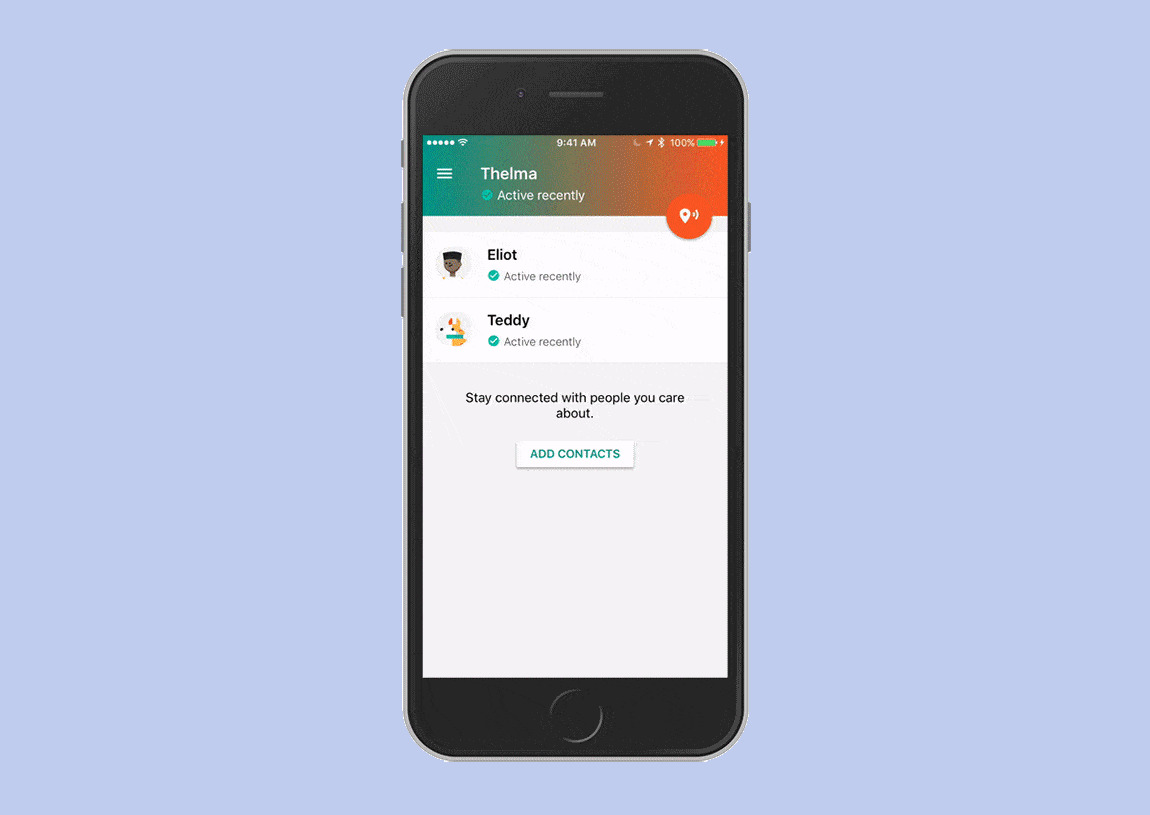Google Trusted Contacts iOS App Goes Live : Android Version Updated
Google's Trusted Contacts app has finally arrived on iOS, giving iPhone users the same location-sharing ability as the Android version of the app. With this, users are able to share their location with someone they trust — a friend or family member, for example — as well as giving these people access to certain information such as whether their phone has moved recently or if their battery is on the brink of powering down.
Trusted Contacts is primarily a safety-and-awareness app, one that could, for example, put a parent's mind at ease by showing them where their child is and making it possible to get their location in the case of an emergency. One trusted contact can request the location of another; if that person doesn't respond to the request in a certain amount of time, the location is automatically provided, making it easier to find someone who may have had an emergency.

A user can directly share their location with a trusted contact unprompted; the person on the receiving end sees a map with a location marker for the person broadcasting their location. You can also do a bit of spying on someone without having to directly bother them. Trusted Contacts, for example, shows status info like 'Active just now.'
The app first arrived for Android users this past December. Those with the Android app should update to see the latest and great features. Google says the new version of Trusted Contacts can now be set to delay up to an hour before automatically sharing a user's location with someone else, or it can be set to do so immediately. This is compared to the previous 5-minute default.
Another important change is the ability to add individuals using a phone number or an email address; users can enter their contact's phone number and have an invitation sent to them via text message. Finally, the app has been updated with new language support: there's now Burmese, Bahasa, Macedonian, Nepali, Urdu, Serbian, Persian, Amharic, and Greek.
You can get the iOS version here, and the Android version here.
SOURCE: Google Blog
